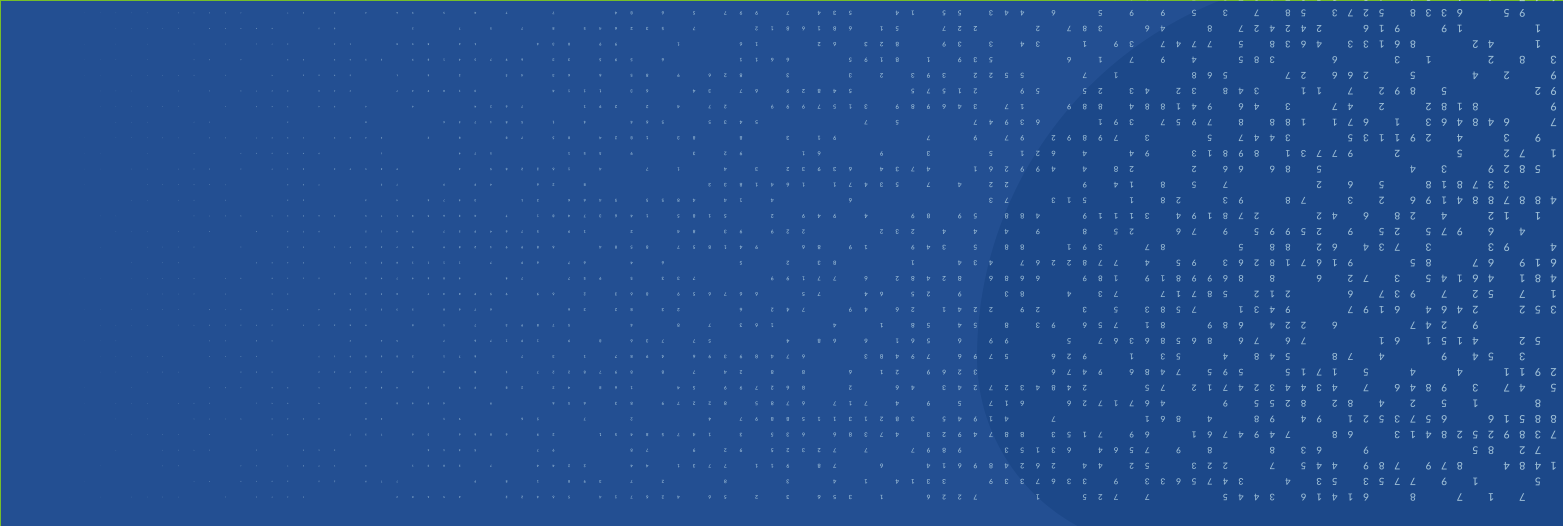According to Statista, the total volume of data generated and consumed globally in 2022 alone is 97 zettabytes, and it’s expected to continue rising as survey services become readily available to almost everyone. The truth is data collection is necessary to ensure accurate, relevant, and up-to-date information. It’s also true to say data supports life on earth. Therefore, a data-driven decision is as good as the accuracy of the data it’s based on.
You can collect data yourself or outsource the service from survey contractors. Here is a breakdown of the five ways to collect data that ensure accuracy, relevance, and completeness. But let’s first begin by defining data collection.
What is Data Collection?
Data collection is a systematic and extensive process of obtaining information about a specific subject. The method is done to evaluate results and prove hypotheses. Therefore, data collection should answer the primary question about the issue of interest.
It’s vital to ensure that your method of collecting data is ethical and legal during the collection phase. If not, the survey data will be inaccurate and may mislead research.
Data is classified into two categories:
- Quantitative data: Includes numerical data assets analyzed using numerical techniques based on ordinal, ratio, interval, and nominal scales. The most common ways of collecting quantitative data are through experiments, structured interviews, surveys, questionnaires, and observation.
- Qualitative data: Captures a group of individuals’ emotions, perceptions, and intentions on a particular topic. Some commonly used methods by survey contractors to collect qualitative data include discussions, focus groups, or in-depth interviews.
When is Data Collection Necessary?
Organizations can use data collection to analyze and learn more about their competitors, employees, customers, and current trends. In addition, the government may use it to evaluate and understand the need for formulating policies and other significant decisions.
Other than that, you can use the collected data in varying fields for:
- The implementation of a new strategy, idea, or plan
- Improving decision-making for the future
- Eliminating the possibilities of errors
The Five Methods of Data Collection
Before choosing the method of collecting data, you need to know the type of data you are working with. It’s also important to work with a reputable company, like Tab Service Company, who offers survey data entry services to ensure the collected data is accurate. Experts offering survey services will also ensure the correct collection method is used. The five ways of collecting data include:
Surveys and Questionnaires
This data collection method is suitable for gathering responses on a particular issue from a large group of people. To collect data with this method, you need to:
- Choose an easily accessible audience
- Systematically position the questions for accurate response
- Create questions relevant to your topic
Surveys and questionnaires should be easy to keep the respondent going.
Interviews
An interview is a method of collecting data by directly asking a respondent question. It can be through email, phone call, or face-to-face.
The requirements for conducting a successful interview include having a set of questions that need to be covered, ways to communicate with the respondent, and finding people willing to give the interview.
Interviews are best for collecting data from a small group of people by using any of the following methodologies:
- Structured: asking pre-set questions in a formulated way
- Semi-structured: asking pre-set questions but having room for straying away from the topic
- Unstructured: asking questions while going with the flow of the respondent’s answers
Always maintain a light and conversational tone when interviewing to get the respondent’s most accurate and relevant answers.
Focus Groups
Focus groups allow you to collect data from a small group of people that come together to discuss a topic of interest. The collected data is from the selected individual’s perspectives, often of the same age, social group, or gender category.
Always work with multiple groups to authenticate the results, at least six to ten participants per group. Then, during the focus group, thoroughly record the responses for reference.
Direct Observation
Data collection in direct observation requires a natural setting for the observer to analyze the behaviors and activities of the participants. Therefore, you will have to record the answer simultaneously during the observation.
Ensure that the observing sheets or templates are well-structured and relevant. In addition, the individuals should not know that you are observing them.
Document Review
This data collection method does not require you to interact with other people. All you need are sources such as records and documents. However, you need permission to assess the documents as some may contain confidential information.
As documents may not provide direct answers to your questions, having a more comprehensive range of similar documents will assist you in making an unbiased report.
Summing Up
The method you choose to use for collecting data will have a significant impact on your overall research. That means, even if your research design is unmatched, collecting data using the wrong process may leave your research incomplete.
If you are unsure about doing it yourself, seek survey processing services from the excellent staff at Tab Service Company. Contact us today!

